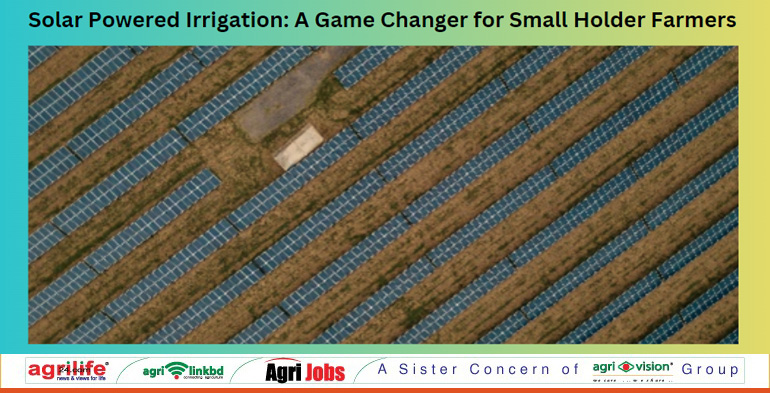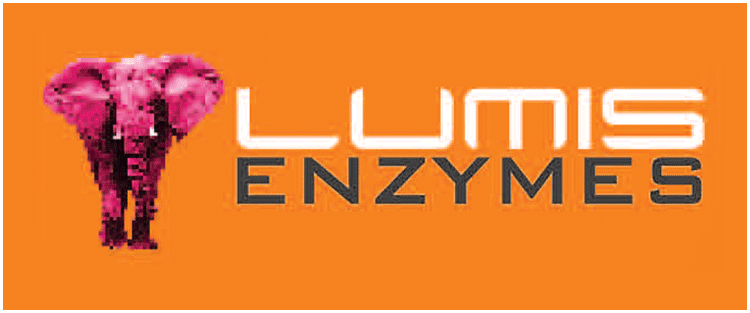
Agrilife24.com: In sub-Saharan Africa, 80% of agricultural production is from smallholder farmers, who face constraints on increasing farm productivity resulting in a large yield gap. Extensive rain-fed agriculture (90% of all cropland) under unpredictable and erratic rainfall pattern is a leading cause of the low productivity and food insecurity in Africa, together with a low degree of mechanization. This has been reinforcing a persistent poverty trap, triggered by cyclical famines that are jeopardizing local development opportunities.
In a new IIASA-led study as part of the research project Renewables for African Agriculture (RE4AFAGRI), an international team of researchers developed an open-source modeling framework that used various datasets related to agriculture, water, energy, expenses, and infrastructure. This framework was employed to calculate local irrigation needs, determine the necessary size and cost of technology components like water pumps, solar PV modules, batteries, and irrigation systems, and assess the economic prospects and sustainable development impacts of adopting solar pumps.
"We estimate an average discounted investment requirement of USD 3 billion per year, generating potential profits of over USD 5 billion per year from increased yields to smallholder farmers, as well as significant food security and energy access co-benefits," explains Giacomo Falchetta, lead author of the study and a researcher in the Integrated Assessment and Climate Change Research Group of the IIASA Energy, Climate, and Environment Program. "Reducing the irrigation gap with cost-effective solar pumps can boost food production and improve nutrition, contributing to SDG 2 (Zero Hunger). Furthermore, surplus electricity generated by these systems could serve other energy needs, aligning with SDG 7 (Affordable and Clean Energy)."
Crucially, the authors of the study demonstrate the great importance of business models and investment incentives, crop prices, and PV and battery costs, in shaping the economic feasibility and profitability of solar irrigation. The analysis and the novel open-source modeling framework can support public and private actors working along the water-energy-food-economy nexus in identifying economically feasible areas and quantifying the potential net economic benefit of developing solar irrigation, and can thus foster investment in the sector.
(Source: Agriculture and Food News, ScienceDaily. www.sciencedaily.com)





















